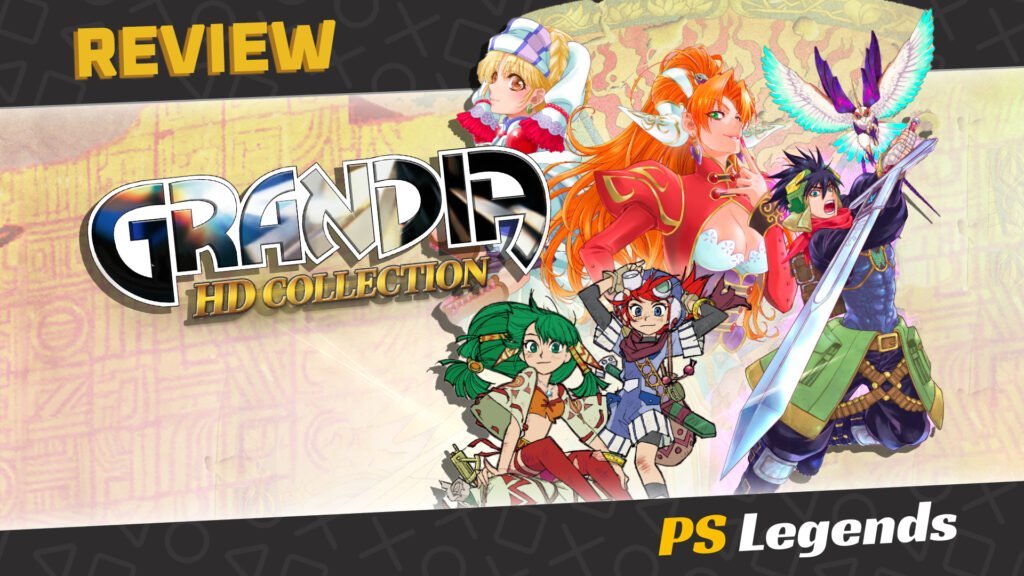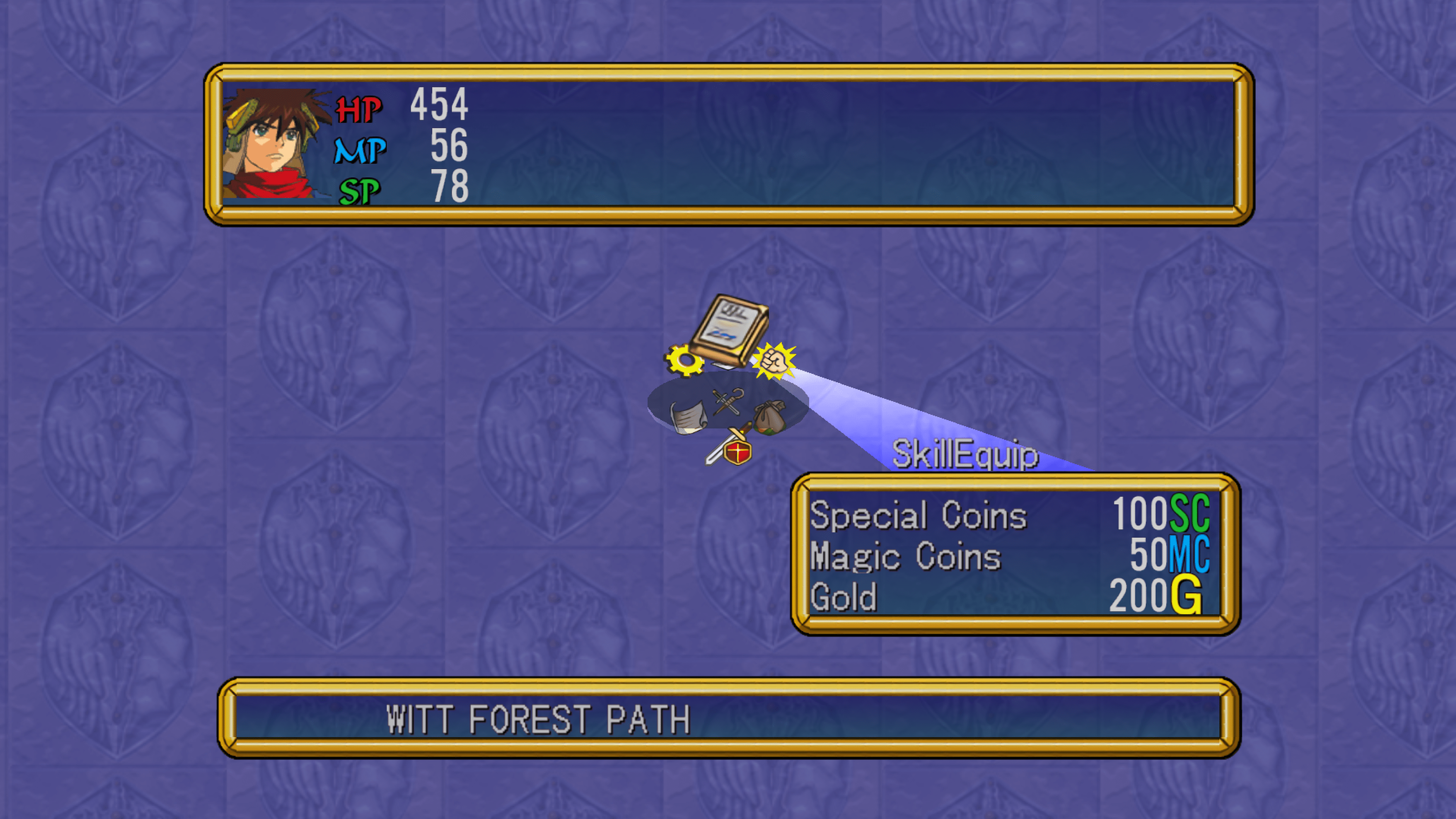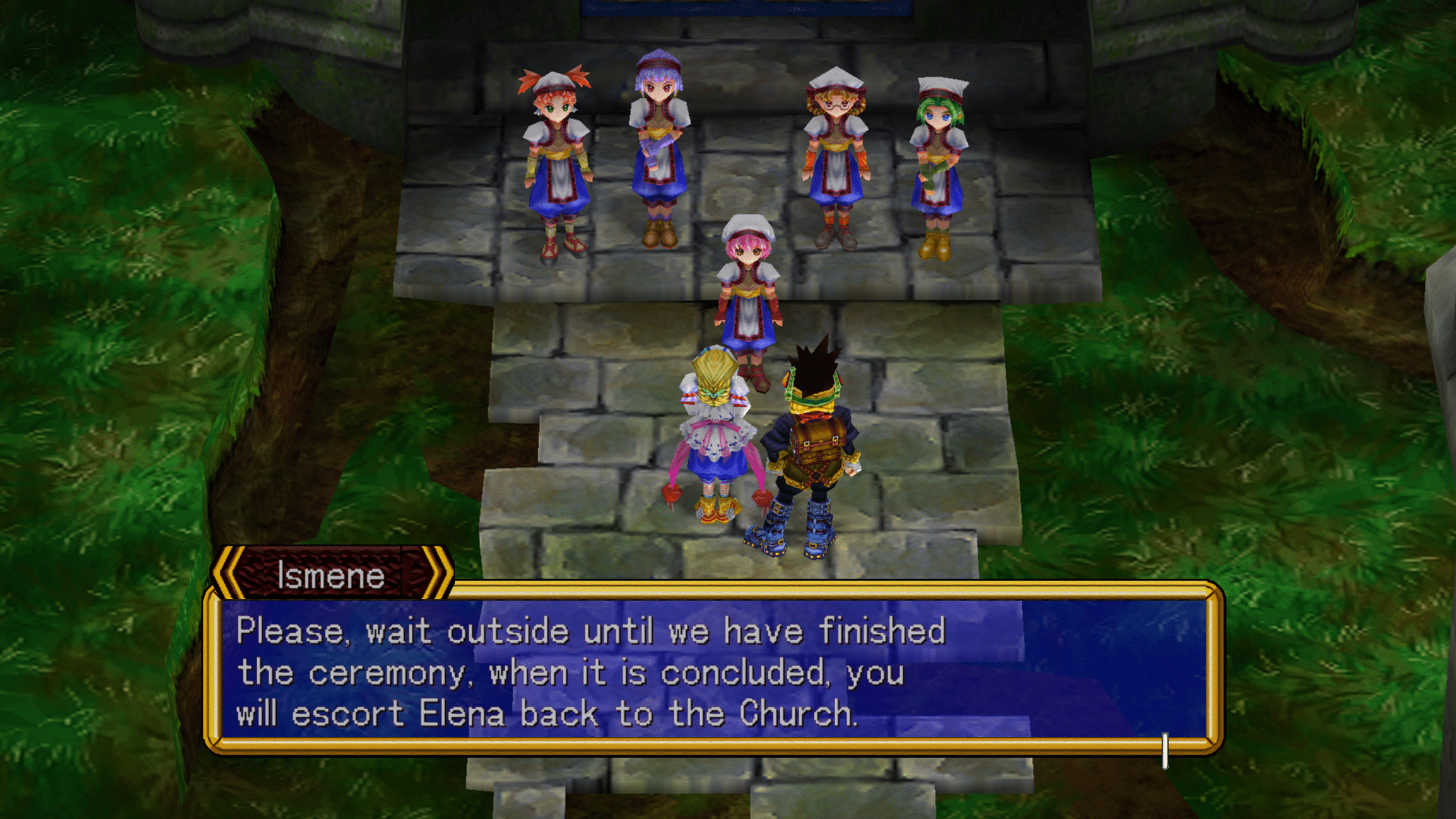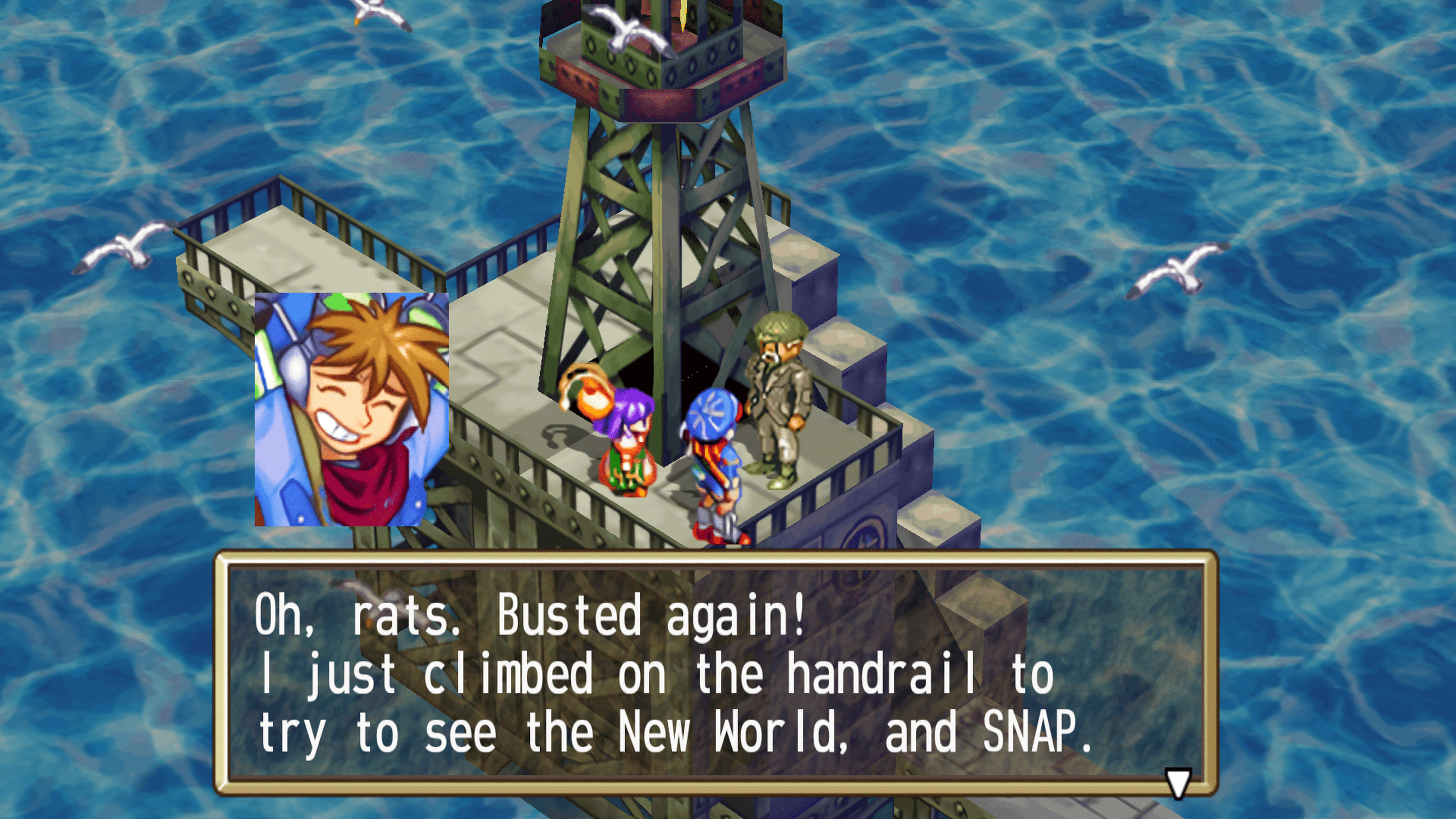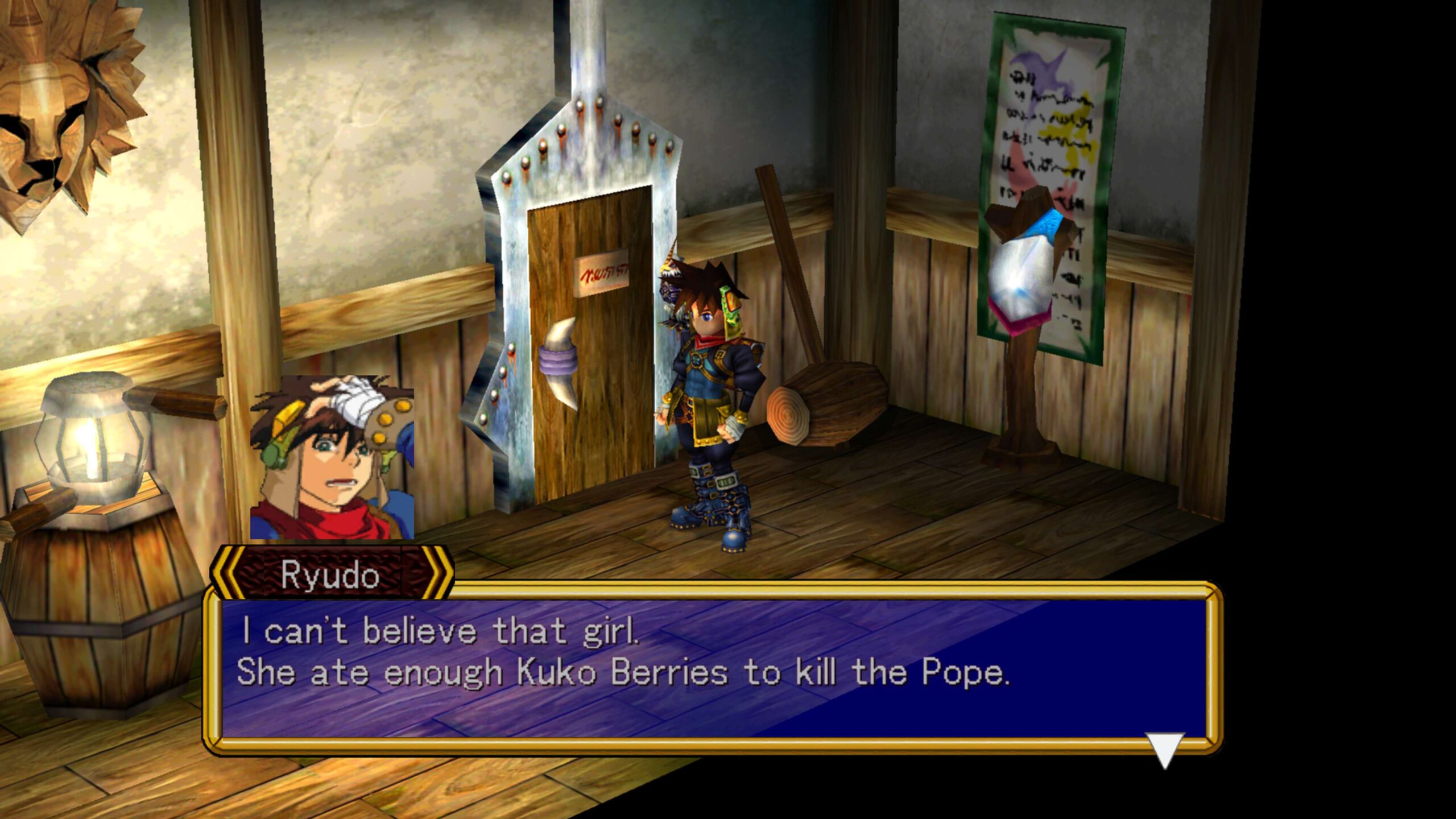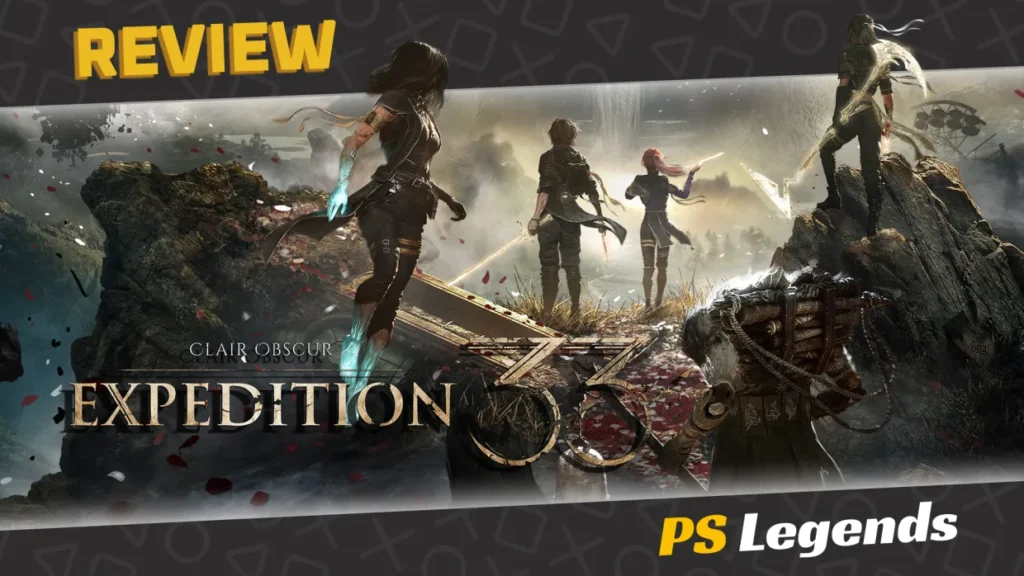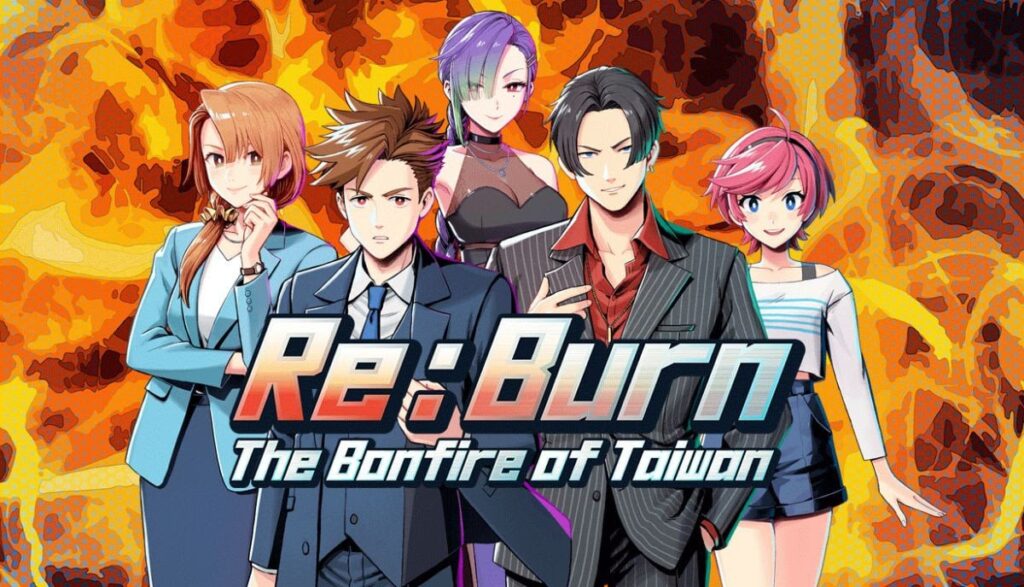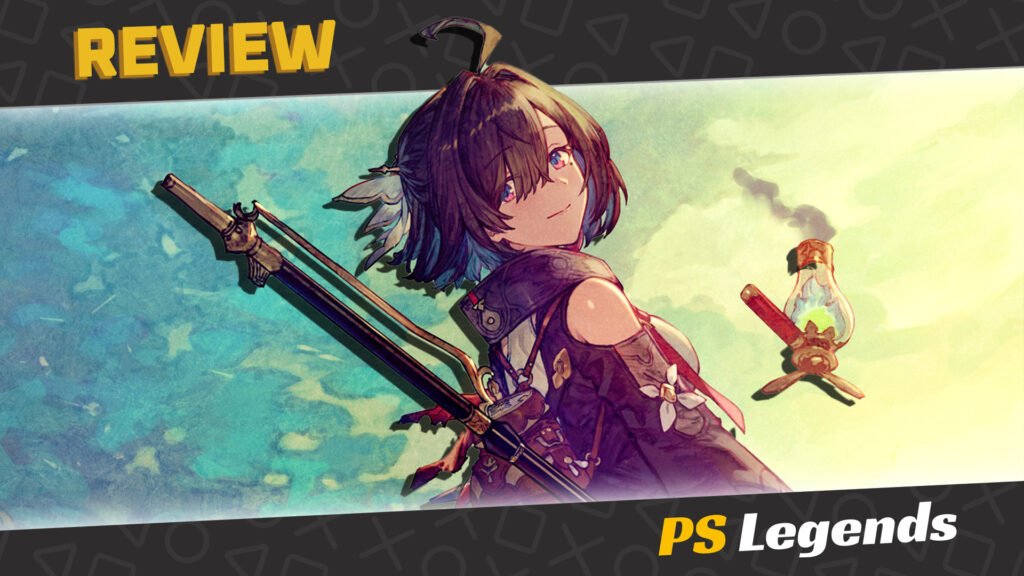The 90s and 2000s era of gaming is both nostalgic and underrated at the same time. So many series got their start, not knowing how the future of gaming would be back in day. Well,nostalgia is definitely the king, so it’s not uncommon to see old games remastered in HD so that you can play them on your modern console. Now, does Grandia HD Collection live up to the expectations? Well, it’s complicated.
The Story of Grandia
Before we get into the story, it’s worth noting that the Grandia HD Collection, as the name implies, is basically a two-in-one, as it contains HD remastered versions of both Grandia and Grandia II.
Now, regardless of which of the two games you start playing first in this collection, you won’t have to worry about playing them in order, because there isn’t much of a connection between the two. In a sense, it feels like the Final Fantasy series, where the stories aren’t really interconnected. In fact, they feel so different that I’d be hard pressed to call them anything similar.
So let’s start with the first Grandia game, which was released on the Sega Saturn in 1997, then later to PlayStation 1 two years later in 1999. In Grandia, we take on the role of Justin, a young mischiveous boy who calls himself a “first-rate adventurer”.
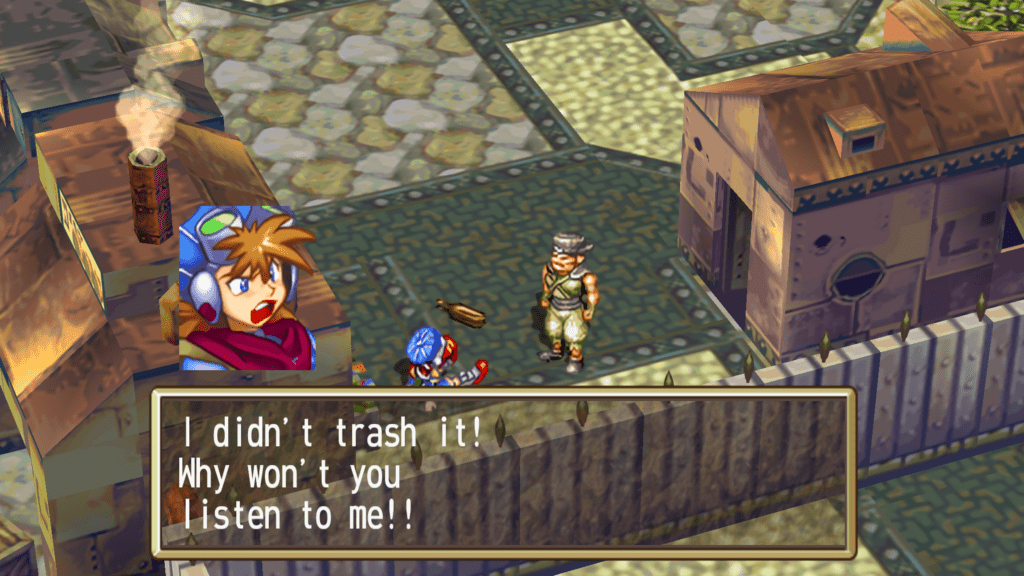
After his father went missing in an exploration, Justin tries to find what could’ve happened to his father, with his only clue being the Spirit Stone, a stone that not even the museum curator was able to figure out, given that it’s “tougher than diamond”. Together with Sue, he ventures inside the Sult Ruins.
Inside, he finds out that the Garlyle Forces are also on the hunt to find out more about the secrets, and upon stumbling within the center of the ruins, a young girl tells that all of the answers he seeks of the Angelou civilization can be found in the New Continent. So off into a boat we go to a brand new adventure! …If that sounded like I just read a children’s book, well, this is because Grandia’s story truly feels directed towards a more younger audience, especially with Justin’s personality.
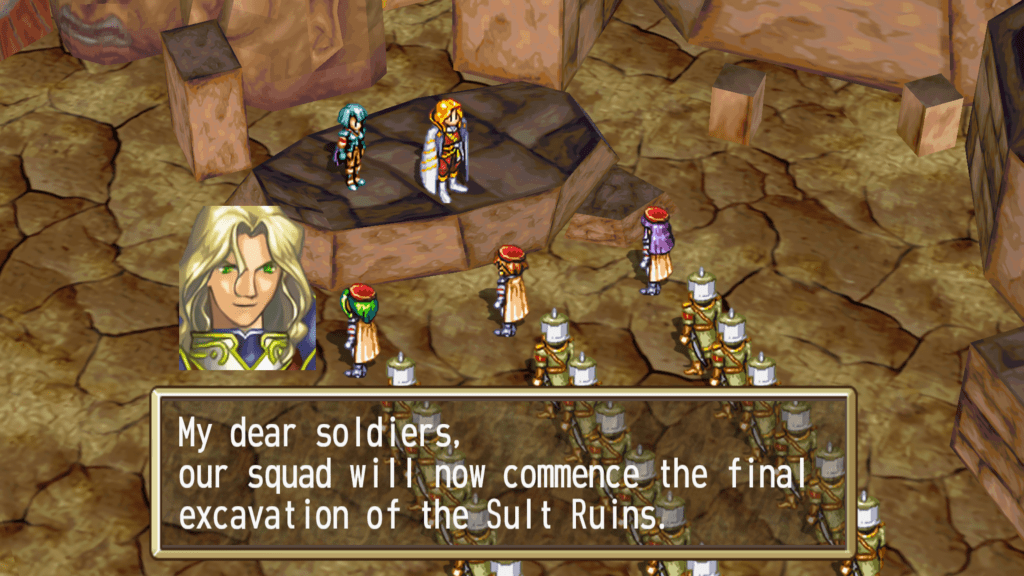
Now let’s move on to Grandia II, originally released in the year 2000 (which I still wasn’t born by then). Compared to its predecessor, this game has a completely different story and characters.
Instead of the young Justin, our main protagonist this time is Ryudo, a Geohound who works as a mercenary. After escorting the church girl Elena to a ceremony that unfortunately ended up failing, Ryudo is tasked with finding a sacred sword that will vanquish the Darkness, as it seeps away once more into the world, even after its defeat. And he has quite the silver tongue, and the entire story tone feels a lot more moody and dark (pun not intended), when comparing it to Grandia I.
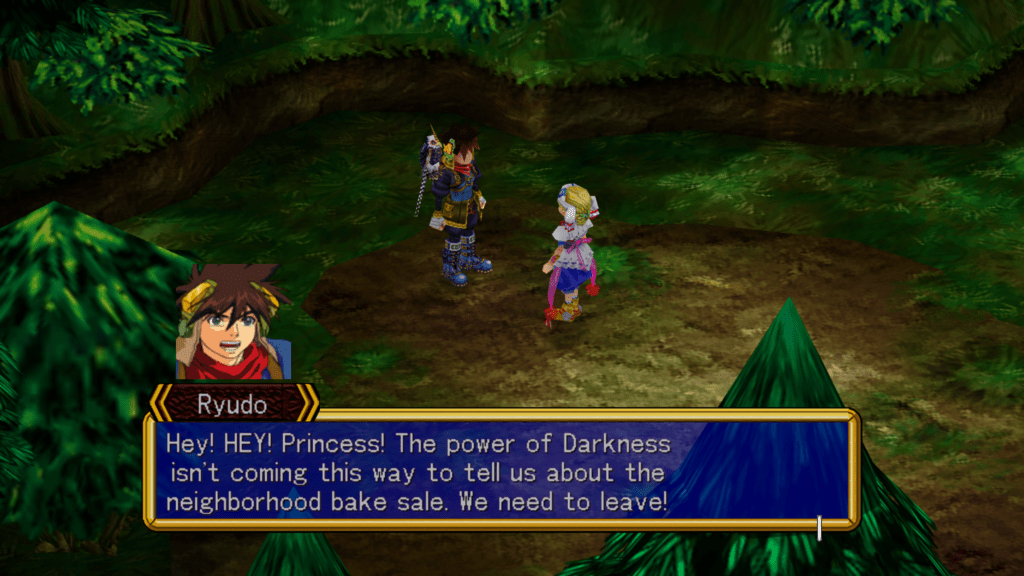
Easy-to-Grasp Combat System
Both Grandia and Grandia II share the same style of combat, which is turn based. On the bottom right of the screen, both the player characters and enemies are denoted by icons, and when either your icon reaches the right end of the gauge, you are prompted to either attack with a normal hit, or spend SP to use one of your abilities. To strengthen your skills, you’ll have to use them repeatdely, and there is no way to skip the animation…I hope you like watching the same thing over and over.
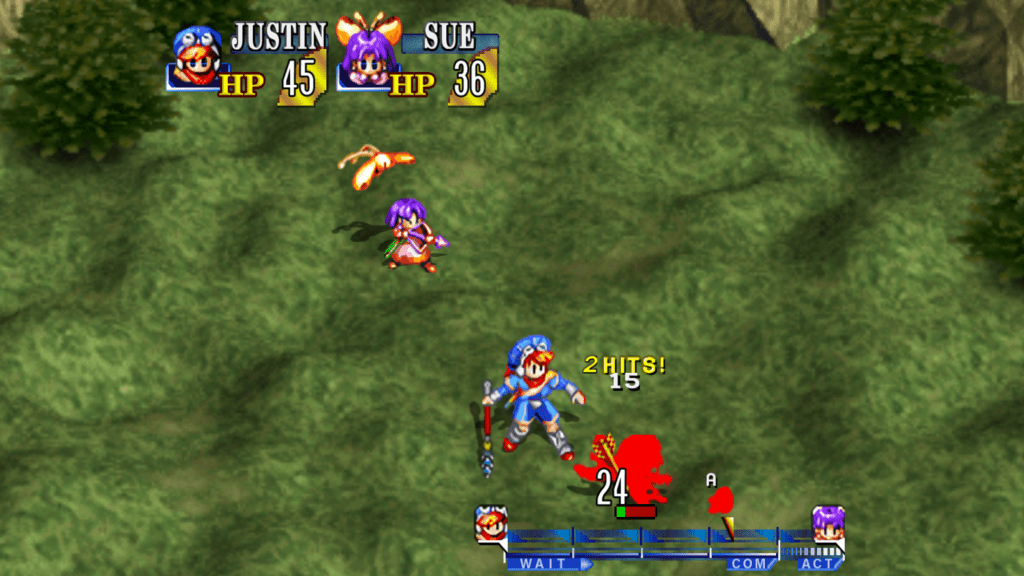
Grandia II on the other hand, has a similar battle system, but unlike its predecessor, it uses two types of currency: Skill Coins and Magic Coins that are dropped from fighting enemies. These coins can then be utilized to manually upgrade and unlock your party’s skills, instead of using them over and over. In particular, if I were to crown one over the other, I’d say Grandia II has a way more polished system, and consequently, it’s also way easier to grasp.
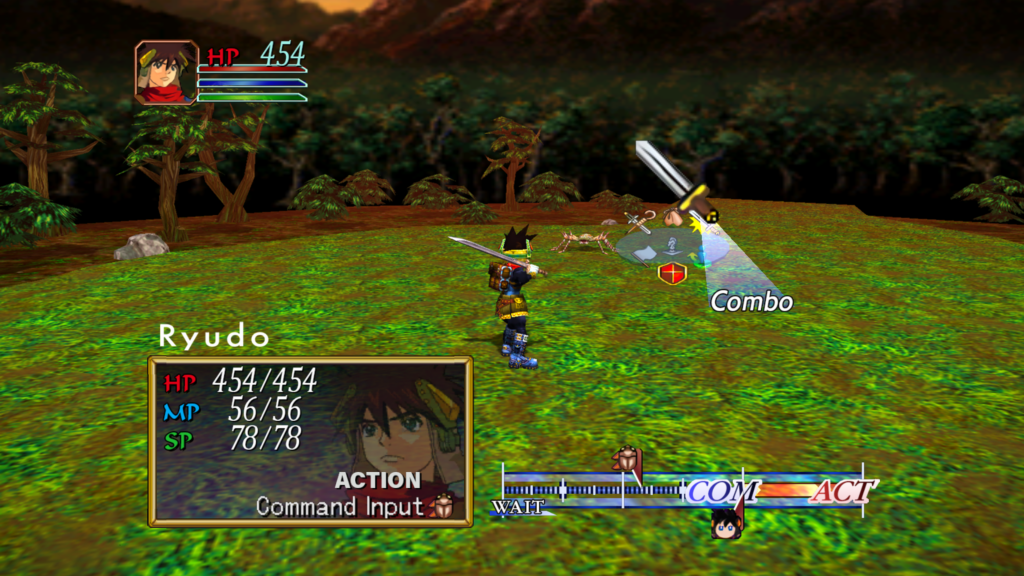
Grandia I’s Rushed Porting Work
Now, unfortunately, here’s where this “HD Collection” really starts to make me question it. While the marketing for it claims to bring these “timeless gems” in high definition for modern platforms…they really spared every expense here, if I’m being honest.
The problems with are numerous but let’s begin with Grandia I, where its biggest issue are the sprites used for every single character in the game. They have been severely smoothed out and upscaled, and this applies to even the in-game dialogue portraits. And there is also a big issue, which is when the camera attempts to pan around in the 3D space.
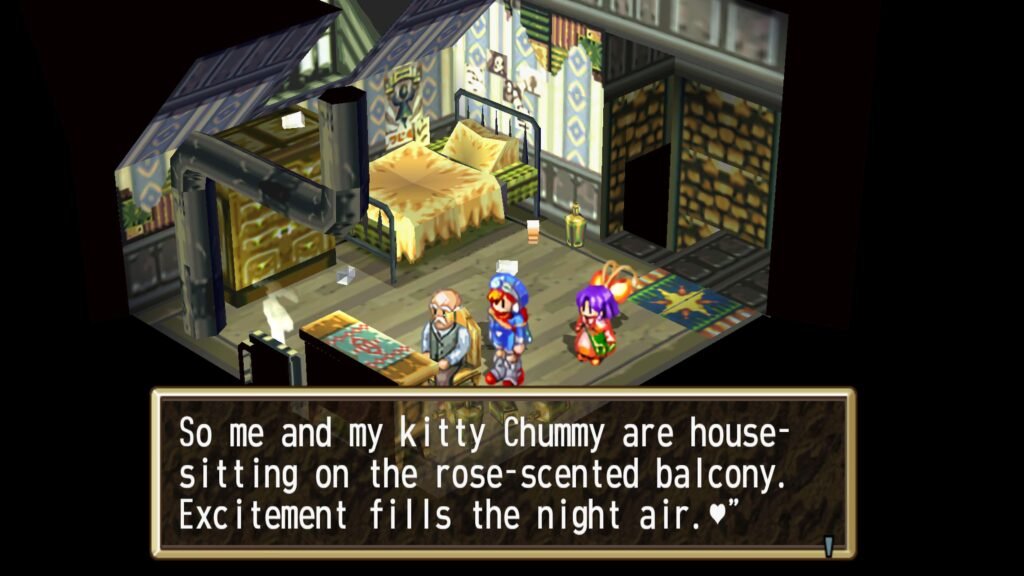
Instead of the sprites neatly rotating around, they seem to glitch around in place, and sometimes there’s even clipping going on with the enviromnent itself. I even felt actually motion sick when the camera felt the need to do those cinematic pans, as they felt woefully unoptimized for a larger screen and aspect ratio.
Furthermore, you simply cannot adjust any settings. Pressing OPTIONS will only let you turn on and off the vibration, change the voice language, or return to title. Yes, that’s it. There are no turbo controls, and no way to even adjust something like the volume of voices and sound effects.
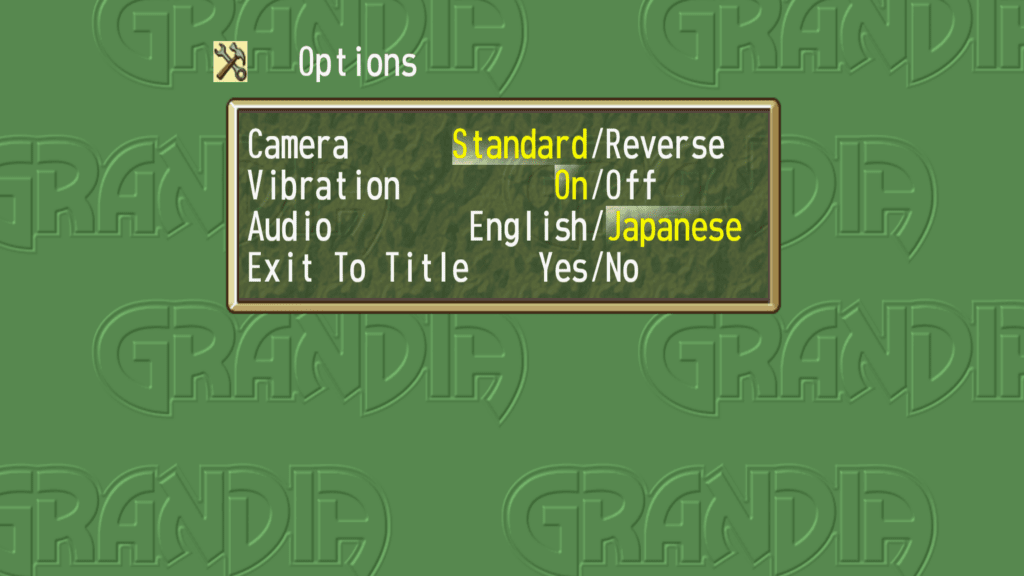
If I had to describe this, it feels like I’m playing this on an emulator with everything blown out, and while the lack of features does help keep its old 90s charm, I feel I would’ve had a much better experience if I just played on original hardware with some cheap modifications, such as a signal converter box. And probably wouldn’t cause me motion sickness, especially with the cutscenes’s severely smoothed out resolution, with jarring black box subtitles.
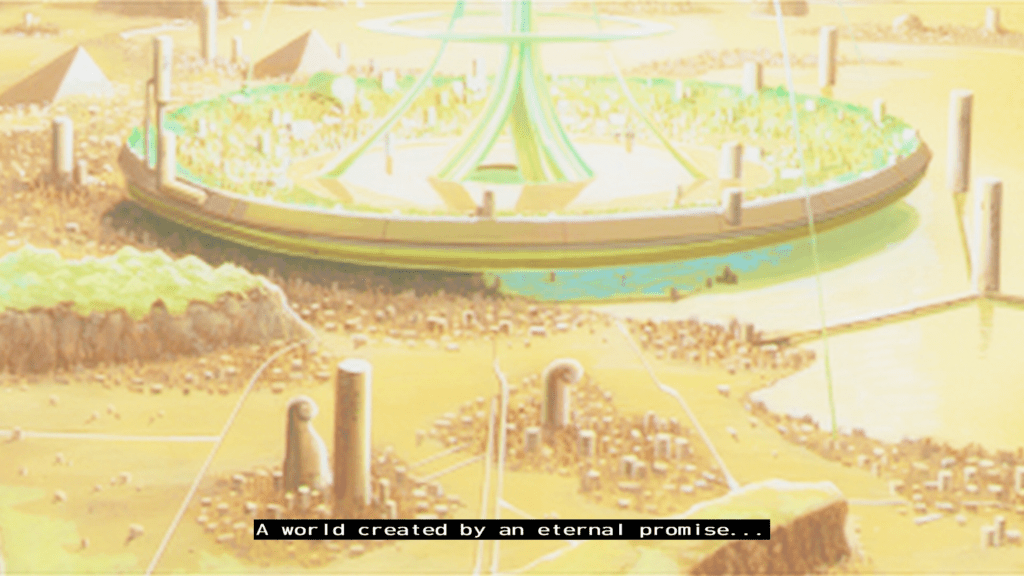
Grandia II is Better, But Not By a Lot
Now let’s talk about the second game, Grandia II. Perhaps due to the fact that this port is based off the “enhanced” Anniversary Edition released on the PS2, Grandia 2 uses 3D polygonals instead of the 2D sprites in a 3D world like the original Grandia, which means it doesn’t have the awful filter.
That doesn’t mean it is without its faults though. In particular, the font used in the dialogue boxes is extremely pixelated, and there are also issues with certain magic effects, where they seem to flicker in and out weirdly, almost as if this was due to the nature of CRTs, which were common back in the day.
Opening the menu also gives you a ridiculously tiny menu to scroll through and…unfortunately, much like the original Grandia, the only settings the game allows you to change are to either make the camera turn with reversed or standard controls, or toggle what the circle button does. And the former option is even weirdly labeled, because it doesn’t account for the fact that the PS4 has a right stick that ALSO rotates the camera, something the original version didn’t have.
And to top it all off, the original PlayStation 2 had the game render in a 4:3 resolution. In a 16:9 display, instead of filling the screen with the added aspect ratio, you get these blue bars or small blurs on places where it’s supposed to be 4:3. Some animations even seem to oddly lag, such as Ryudo’s victory animation in certain places, and you can feel a bit of a delay after the game tries to load after each battle.
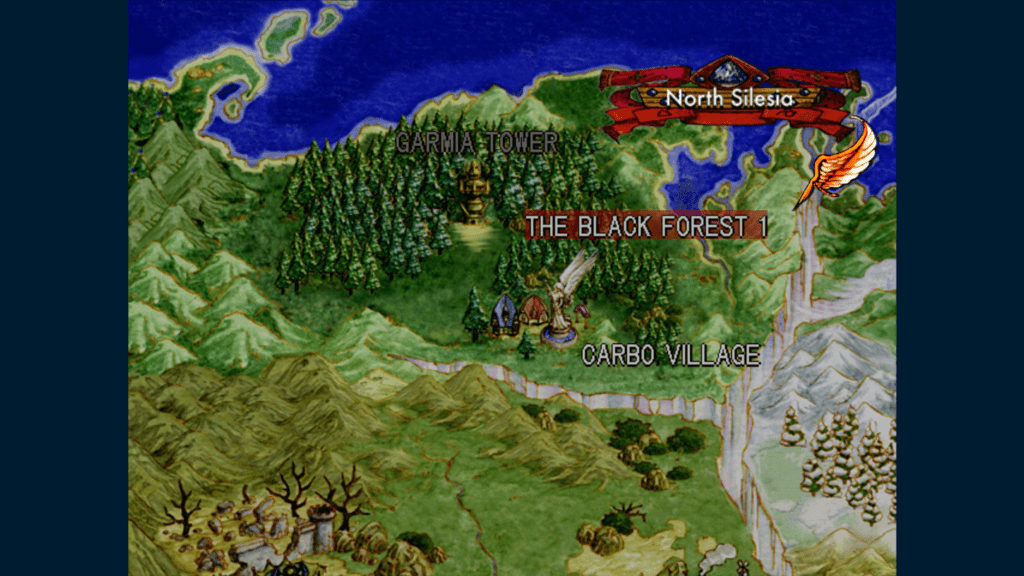
Twice the Games, Twice the Platinums
Both Grandia I and II can take around 25 to 30 hours to complete, depending on whether or not you decide to hunt for a walkthrough, since there are plenty available from the original PS1 and PS2 releases that will be still able to guide you just fine.
However, when it comes to trophies, there exists not just one platinum but two: One for Grandia I and one for Grandia II, each containing 37 and 36 achievements, respectively. A good chunk of these can be obtained by simply progressing the story, though there are a couple of trophies that require you to go out of your way to do some side quests, or collect certain items. Furthermore, Grandia II also has a Hard Mode that you must clear for a trophy, which is absolutely no joke, as enemies are incredibly tougher.
Timeless Classics Marred by Lazy Porting
The Grandia HD Collection has definitely its share of pros and cons. On one hand, it provides a much-needed way that allows for both old players of the original to relive that nostalgic feeling of the JRPG era of the PlayStation 1 and PlayStation 2 and new ones wanting to experience these titles. And that’s great. I love the feeling of being able to relive them without having to untangle an old console and figuring out how to get it to work on a modern TV set.
But still, these ports are so lazy and offer very little to the table, and besides the ability to change between English and Japanese voiceover options, it misses out on many of the creature comforts that some other HD collections place. The smoothening in Grandia I and choppiness in Grandia II both feel like they hinder the original experience that was probably intended by the developers back in the day, and there are a lot of things that could’ve made this more endearing to play, but unfortunately, weren’t included, or were poorly implemented.
Joys
- Timeless JRPGs with a fun story
- A not too difficult to grasp combat system
- Charming characters and dialogue
Cons
- Complete lack of quality of life features
- Both games contain significant issues that harm the original experience
- Lack of a proper settings menu to dial in your own settings
